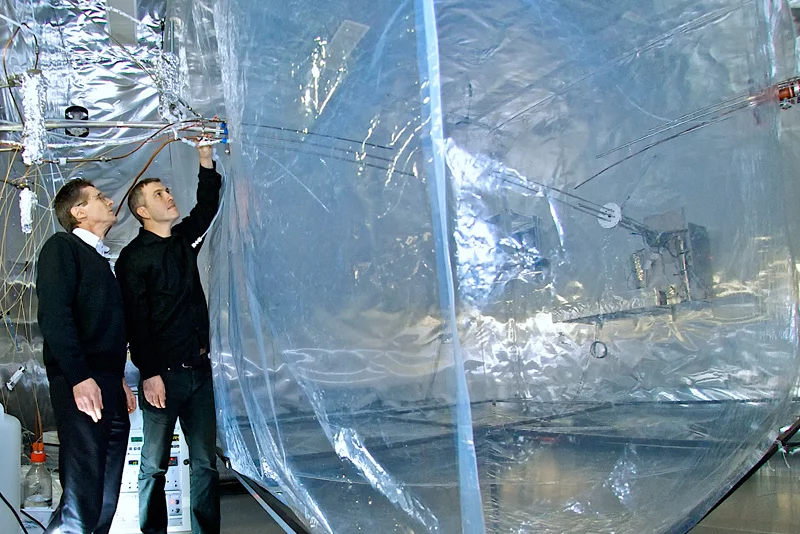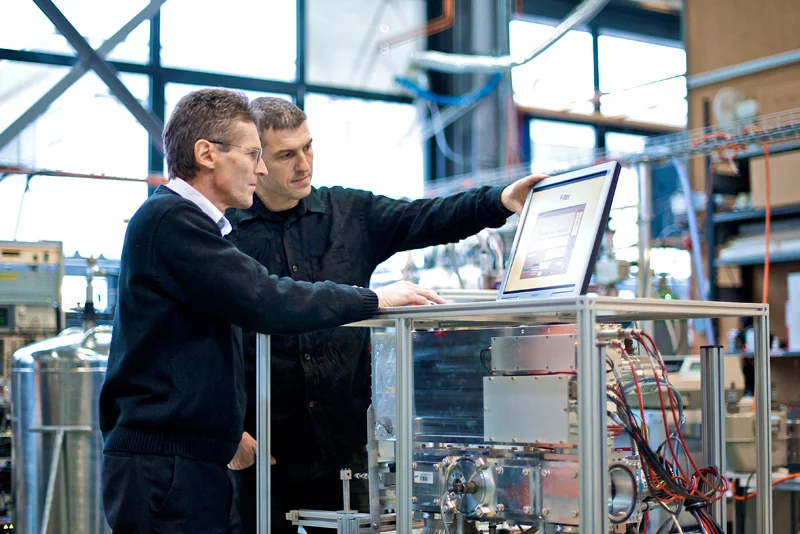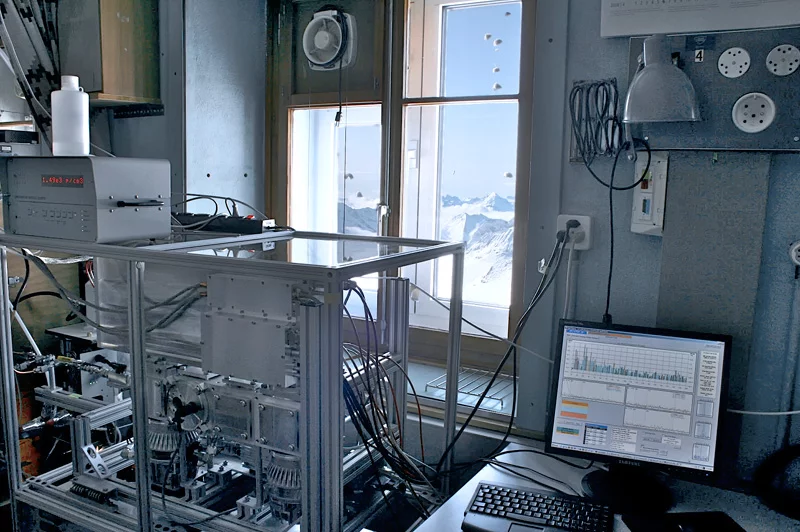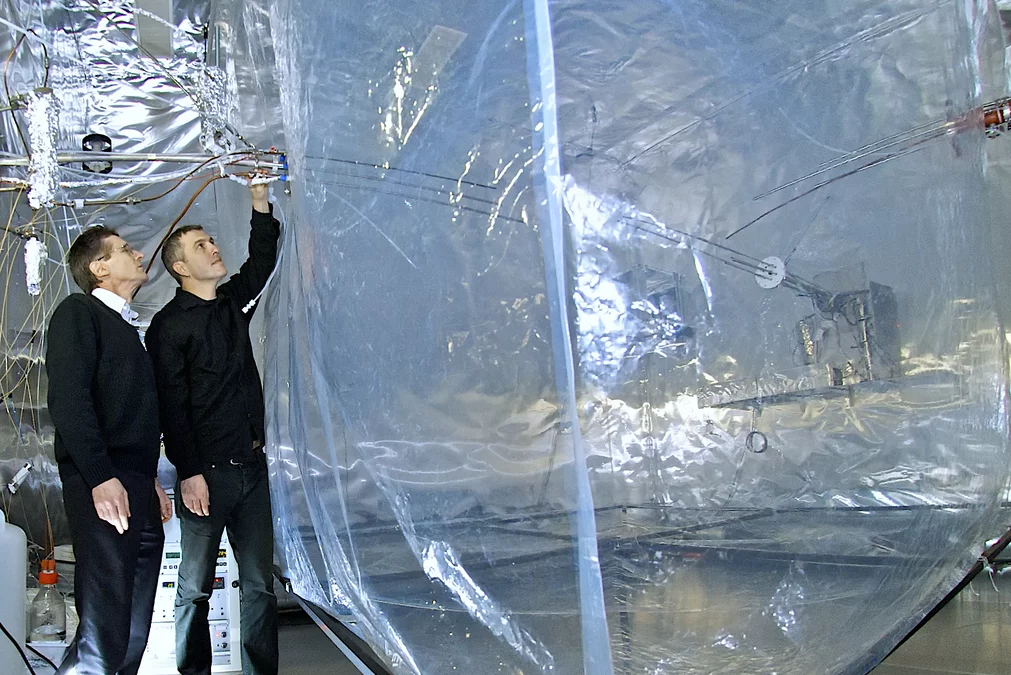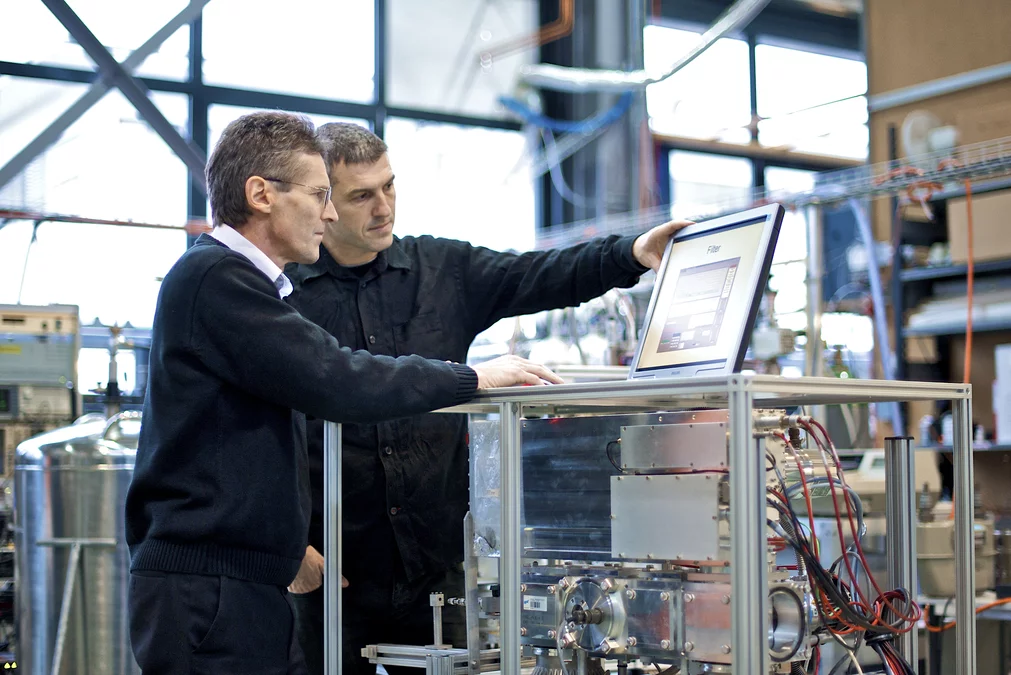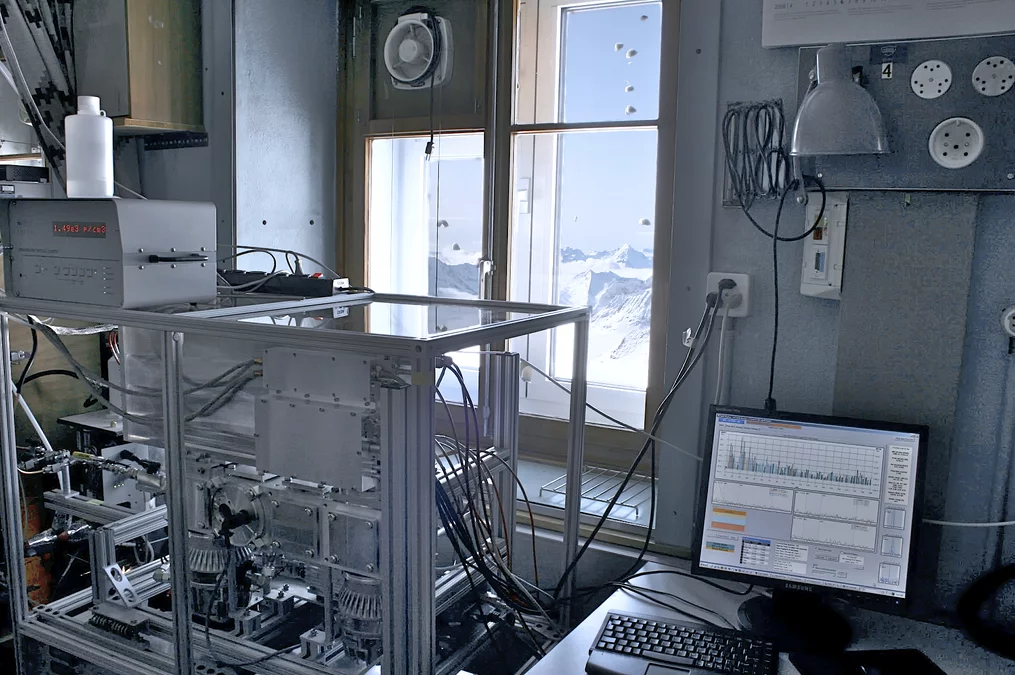Particulates make us ill, and particulates affect the climate. The direct combustion of wood and other fuels is only partially responsible for producing fine particulates – the rest evolve from a variety of substances, within the atmosphere itself. To a certain extent, these substances originate from exhaust gases, but some also come from natural sources such as woodland. Researchers from the Paul Scherrer Institute, the University of Colorado and 29 other research institutions in various countries have investigated the composition of the organic constituents of the fine particulates found in various regions of the world, and have identified the original substances from which they are formed in each case. For the first time ever, this has enabled them to explain the role played by the individual components of emissions in the development of fine particulates. These investigations should help the targeted prevention of fine particulate development in future, which will make a significant contribution to improving the air quality in inner cities, amongst other benefits. They will also play an important role in the production of future climate models. The results of the investigations appeared on 11th December in the respected scientific journal Science.
Complex processes in the atmosphere – reduced to the basics
A huge variety of chemical processes takes place on a continuous basis in the atmosphere; large molecules may be disintegrating to form smaller molecules, and small molecules may be coming together to form larger units, attaching themselves to small airborne particles. However, the important changes taking place within organic matter in the atmosphere can be understood without following every single one of the many thousands of substances present in the air. Researchers were able to demonstrate that they only needed to investigate those few specific chemical properties that are particularly significant to the atmospheric behaviour of the substances. For example, the ratio of oxygen to carbon in a substance affects its ability to absorb water – and is therefore relevant to the ability of fine particulates to seed clouds
, explains André Prévôt, who leads the project at the Paul Scherrer Institute.
Development of fine particulates reconstructed in PSI lab
The constant chemical changes taking place in the atmosphere also mean that the composition of fine particulates is similar in almost every corner of the world – regardless of the precise source materials. However, researchers demonstrated that the properties of particular source materials can be recreated from the fine particulates. To do this, they initially used the smog chamber at the Paul Scherrer Institute to simulate the changes within individual materials in the atmosphere. We were able to use these results in conjunction with a complex statistical process to determine the type of source materials from which the fine particulates had originated. Additional procedures, such as the C14 method, can then be used to establish the exact sources – whether, for example, substances come from woodland or from exhaust gases,
explains Urs Baltensperger, Head of the Atmospheric Chemistry Laboratory at the Paul Scherrer Institute.
Fine particulates at different locations: a hazard to health or seeding for cloud formation
The detailed investigations into the make-up of the fine particulates were made possible by a novel type of device – a special mass spectrometer – which can be used to analyse the composition of the air with a time resolution of one minute. The researchers took measurements at 26 different sites in the northern hemisphere. PSI was responsible for two very different locations in Switzerland: Zurich's inner city and the Jungfraujoch – in the Swiss Alps at 3450 meters. The Zurich measurements were important primarily from the point of view of the effect of gaseous emissions on health, while the measurements on the Jungfraujoch concentrated on issues involving cloud formation.
The work of the PSI researchers was supported by the Swiss National Science Foundation (SNSF).
About PSI
The Paul Scherrer Institute develops, builds and operates large, complex research facilities, and makes them available to the national and international research community. The Institute's own key research priorities are in the investigation of condensed matter and materials sciences, elementary particle physics, biology and medicine, and energy and the environment. PSI is Switzerland's largest research institution, with 1300 members of staff and an annual budget of approximately 260 million CHF.
Contacts:
Dr. André Prévôt, Head of the Gasphase and Aerosol Chemistry Group, Paul Scherrer Institute,Tel.: +41 56 310 42 02, E-mail: andre.prevot@psi.ch [German, English]
Prof. Dr. Urs Baltensperger, Head of the Laboratory of Atmospheric Chemistry, Paul Scherrer Institute,
Tel.: +41 56 310 24 08, E-mail: urs.baltensperger@psi.ch [German, English]
Dr Michel J. Rossi, Laboratory of Atmospheric Chemistry, Paul Scherrer Institute,
Telefon: +41 56 310 52 59, E-mail: michel.rossi@psi.ch [French]
Original publication:
Evolution of Organic Aerosols in the AtmosphereJ. L. Jimenez, M. R. Canagaratna, N. M. Donahue, A. S. H. Prevot et al.,
Science 11 December 2009: Vol. 326. no. 5959, pp. 1525–1529
DOI:10.1126/science.1180353

